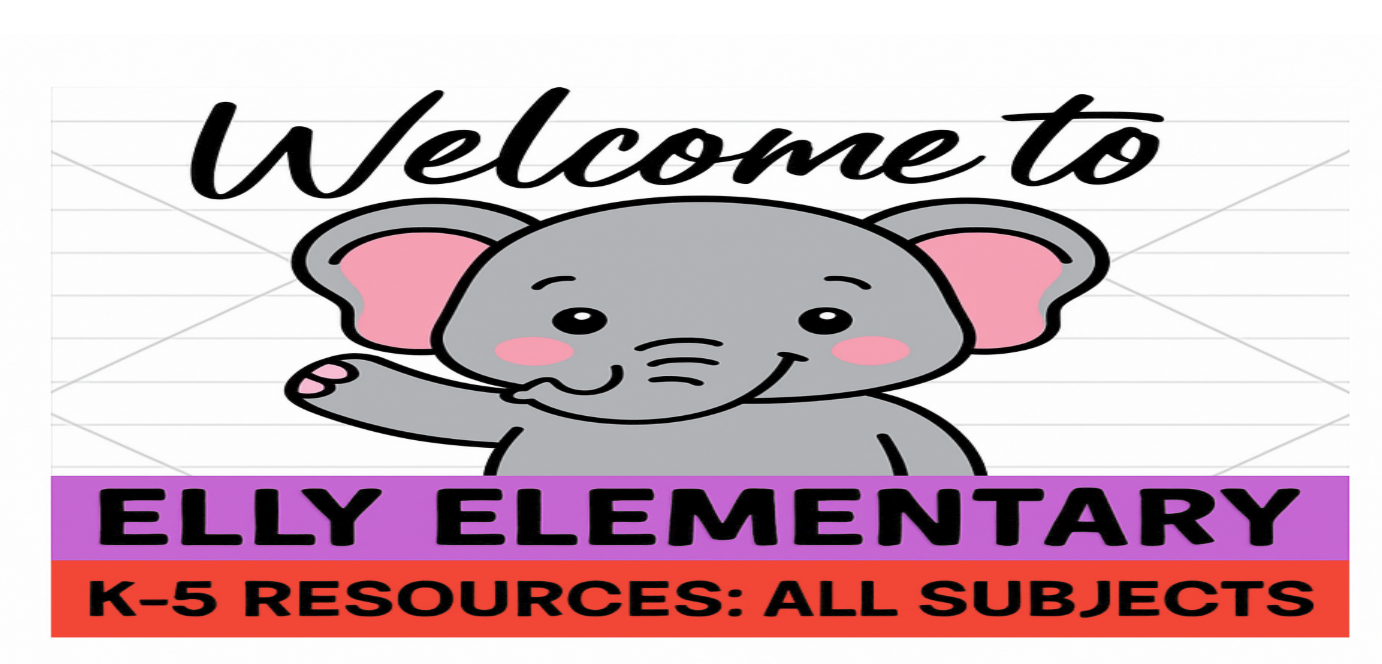A well-thought-out and successful guided reading group for teachers is one that is carefully planned and executed to meet the specific needs of each student.
Here is a description of such a guided reading group:
Group Composition and Assessment:
The teacher begins by assessing students' reading abilities using a range of assessment tools such as running records, informal reading inventories, and comprehension checks. Based on this data, the students are grouped homogeneously or heterogeneously, taking into account their reading levels, strengths, and areas for growth.
Text Selection:
The teacher selects appropriate texts for each guided reading group based on the students' instructional levels. The texts should be challenging enough to promote growth but not too difficult that students become frustrated. The teacher ensures that the texts align with the instructional focus of the lesson and provide opportunities for students to practice specific reading strategies and skills.
Lesson Planning:
Before each guided reading session, the teacher carefully plans the lesson, keeping in mind the learning objectives, the needs of the students, and the instructional focus. The lesson plan includes a brief introduction, explicit teaching of a reading strategy or skill, guided practice, and opportunities for students to apply the strategy independently. The teacher also considers differentiation strategies to address the diverse needs of the students in the group.
Engaging Warm-Up:
To engage students and activate prior knowledge, the teacher begins the session with a warm-up activity related to the text or the reading strategy. This could involve a brief discussion, a picture walk, a word brainstorming activity, or a quick review of vocabulary.
Guided Reading Session:
During the guided reading session, the teacher supports students as they read the text, providing guidance, scaffolding, and prompting as needed. The teacher encourages students to use reading strategies such as decoding unfamiliar words, self-monitoring for comprehension, making predictions, and summarizing. The teacher also asks open-ended questions to promote critical thinking and deeper understanding.
Collaborative Discussions:
The teacher fosters collaborative discussions among students by encouraging them to share their thoughts, opinions, and connections to the text. Students are given opportunities to ask questions, engage in dialogue, and explain their thinking. The teacher facilitates these discussions by asking probing questions, modeling active listening, and encouraging respectful interactions.
Ongoing Assessment and Feedback:
Throughout the guided reading session, the teacher assesses students' progress by observing their reading behaviors, listening to their responses, and noting areas of growth and areas that need further support. The teacher provides immediate feedback and reinforcement, celebrating successes and offering specific suggestions for improvement.
Follow-Up Activities:
After the guided reading session, the teacher incorporates follow-up activities that reinforce the targeted reading strategy or skill. These activities could include independent reading tasks, writing responses, word work activities, or extension projects that connect to the text and promote deeper comprehension.
Reflection and Adjustment:
The teacher engages in ongoing reflection and adjustment of instructional practices based on student performance and feedback. The teacher regularly reviews student data, makes informed instructional decisions, and adjusts future lessons to better meet the needs of the students in the guided reading group.
By following this well-thought-out and successful guided reading group approach, teachers can create a supportive and engaging learning environment that nurtures students' reading skills, promotes comprehension, and fosters a love for reading.
Check out my Payhip store, Elly Elementary, for teaching units for books that can be used for guided reading. Ready to use resources make planning for guided reading simpler and allows more time for other planning.
See: https://payhip.com/ELLYELEMENTARY



Comments ()